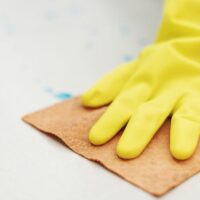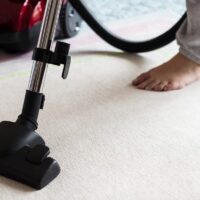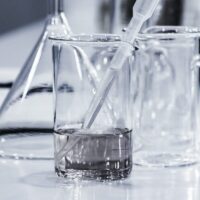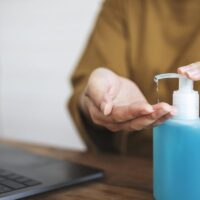 by Autumn Ryan, Founder and CEO, Aseptic Health
by Autumn Ryan, Founder and CEO, Aseptic Health
Even most dictionaries get it wrong…disinfecting and sanitizing are not interchangeable. Sanitizing a surface means you’re lessening the number of germs on a surface to a safe level. Disinfecting means you’re actually killing bacteria and viruses by using a chemical for this purpose.
The label of a sanitizing product usually states that it reduces germs on a surface by at least 99.9 percent.
The label of a hospital-grade disinfectant kills 99.999% of germs.
There is a huge difference between 99.9% and 99.999%; 100 fold to be exact. The more 9s, the more likelihood of not getting sick from that countertop or door handle or HVAC coil. For more information see our article on kill logs.
How Does A Disinfectant Kill?
Disinfectants are either oxidizers or nonoxidizers. Oxidizers readily release oxygen or another oxidizing compound. Oxiders can include halogens, chlorine, iodine, bromine and chlorine dioxide or sodium chlorite, with chlorine dioxide and sodium chlorite being amongst the safest.
Chlorine dioxide and sodium chlorite are able to kill bacteria, fungi and viruses, because while these microorganisms are vastly different, the composition of their cellular surfaces, which provide their protection, contain similar components, namely proteins, polysaccharides and lipids, all of which can be oxidized and destroyed by chlorine dioxide or sodium chlorite. Additionally, the propagation of bacteria, fungi and viruses relies on DNA, which can also be oxidized and destroyed by chlorine dioxide or sodium chlorite. The ability of chlorine dioxide and sodium chlorite to destroy the key components of microorganisms makes them highly effective as antimicrobial agents.
Are There Differences In Disinfectants?
The EPA registers three types of disinfectants based on the microorganisms they kill.
- Limited – found mostly in household use and kill either Salmonella choleraesuis or Staphlococcus aureus
- General – found in commercial use and kill both Salmonella and Staph.
- Hospital – effective at killing Salmonella, Staph and Pseudomonas aeruginosa, which hides behind biofilm and is difficult to eliminate (See our previous article on biofilms.)
Why We Clean, Sanitize And Disinfect
There are generally two approaches to cleaning: First there’s cleaning for appearance—when you see that something looks dirty, you clean it. Then there’s cleaning for health. Cleaning for health is as practical to our lifestyle as eating correctly, getting enough sleep, and exercising. Healthy cleaning doesn’t only apply to our homes, but to all areas we inhabit: our workplaces, schools, libraries, restaurants, childcare centers, and of course our hospitals and clinics. We all want to live in a healthy environment, yet many of the common cleaning and disinfecting products sold today contain harmful chemicals strong enough to cause eye, nose, and lung irritation, as well as rashes, headaches, nausea, and asthma.
The EPA estimates that cleaning products alone contribute approximately 8 percent of total nonvehicular emissions of volatile organic compounds (VOCs). Look under your kitchen sink and read the labels. Have you brought toxins into your home, all in the name of healthy cleaning?
We are constantly improving and proving effective cleaning protocols and educating our markets, thus reducing costs due to the reduction of illnesses, employee sick days, and increasing long-term gains generated by good health. We are also helping to reduce the amount of harmful chemicals making their way into the water we drink, the air we breathe, the land in which we grow our food, and in our own bodies.
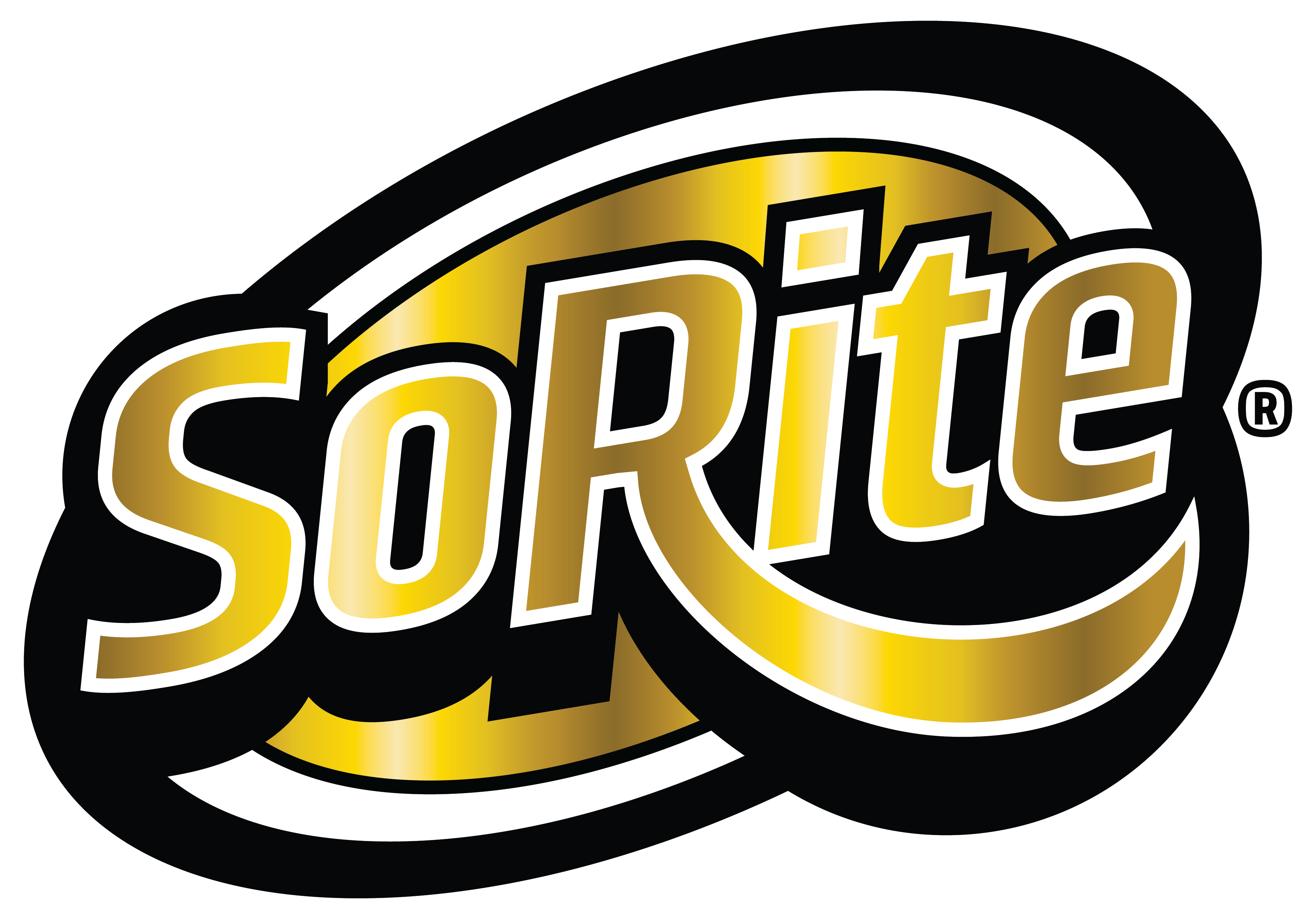
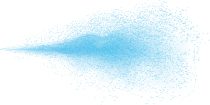
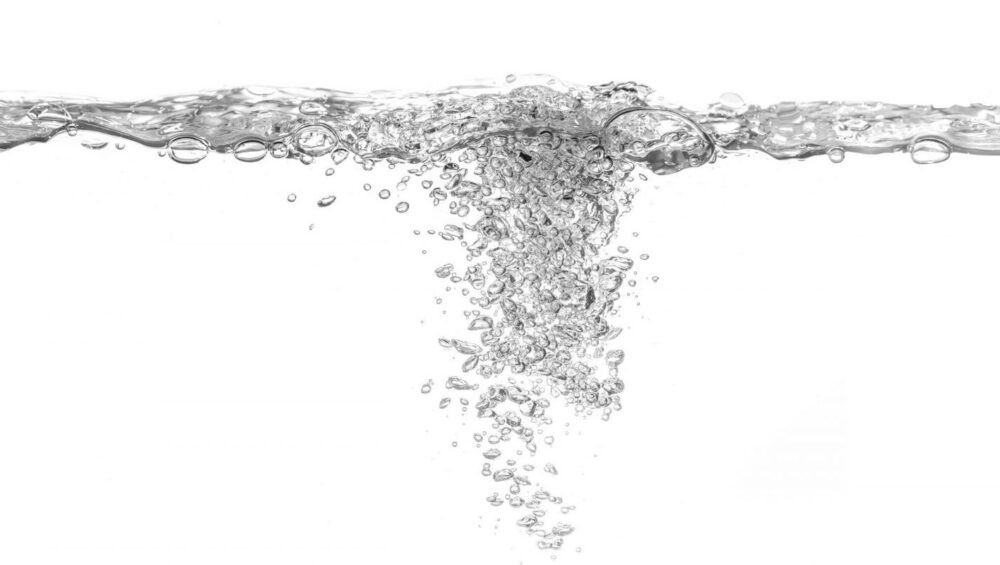

 By Stephen Lawson, COO of Aseptic Health, LLC and Certified Clinically Clean® Specialist
By Stephen Lawson, COO of Aseptic Health, LLC and Certified Clinically Clean® Specialist